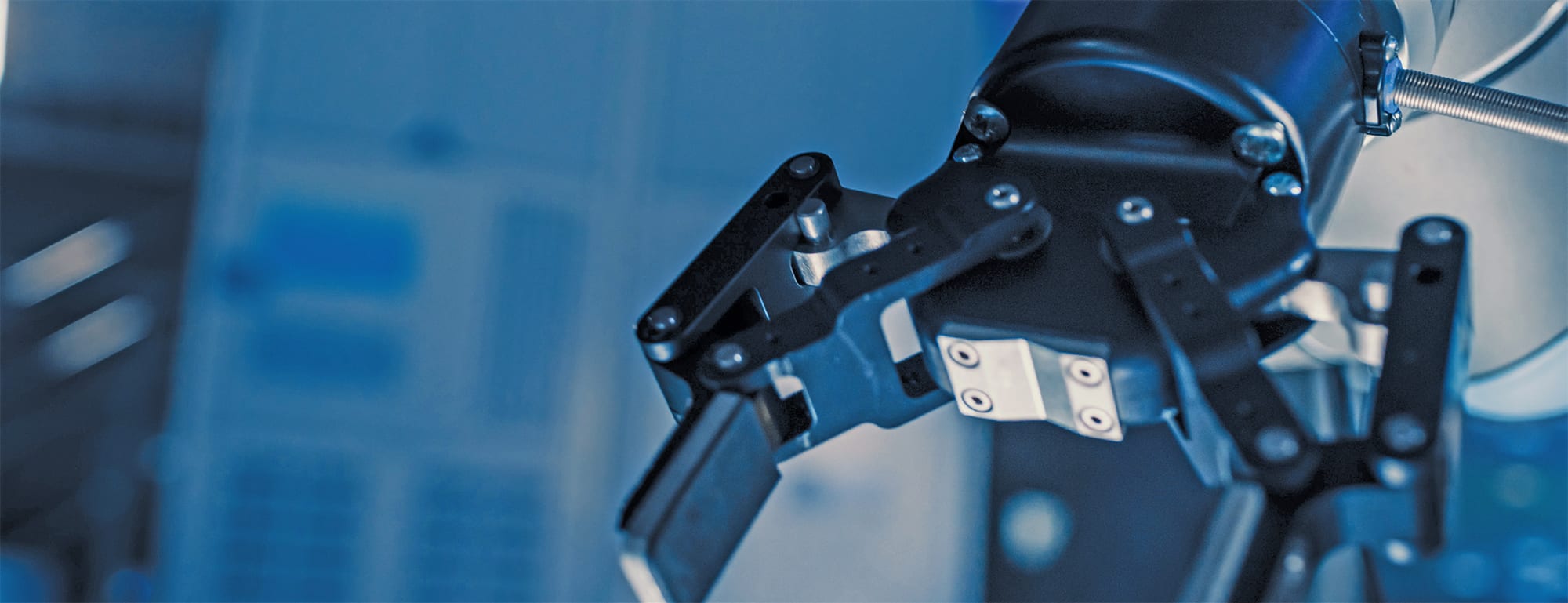
Pamela Davis
Senior Customer Marketing Specialist, Honeywell Corporation
RS’s “Ask The Expert” series taps into the experience and expertise of key thought leaders and subject matter experts from more than 500 global suppliers we work closely with to bring customers solutions for their most challenging problems (and the daily ones, too).
Robotic applications are easier to implement in environments that call for the same precise actions to be performed over and over. The pandemic put renewed emphasis on the need for robotics in warehousing applications such as picking, sorting, moving pallets and other tasks.
According to market research conducted by Mordor Intelligence LLP, 45% of all manufacturing tasks will be executed via robotic technology by 2025 with the use of robotics expected to grow 12%, year over year.
The growth is driven by a surge in retail shipments which were up 25% during the pandemic, and a growing demand from supply chain leaders to improve logistics and automate with robotics technology.
We discussed these trends with Pamela Davis, a senior customer marketing specialist with the Honeywell Corporation. Honeywell manufactures switches and sensors for robotics and automation used in manufacturing, supply chain, and many other industrial operations.
Can you provide a broad overview of the insurgence of robotics in supply chain operations now and into the future?
Robots are not necessarily new in this space, but the pandemic put renewed emphasis on the need for them. Robotics use during COVID served different roles and met new needs proving how integral these machines are to the industry’s success. Studies show that facilities who made some type of transition to automation fared best during the pandemic. Robotics use cases in warehousing and the packaging industry helped to protect workers, instill efficiency, decrease operational errors, and made facilities more flexible.
In short, the pandemic drove changes — online shopping surged, warehouse and distribution center operations experienced explosive growth, and our aging workforce is leading to a labor shortage. These factors caused an uptick in demand for more robots and equipment to be used in these environments as a valuable resource.
How important a role can products such as sensors play in the overall reliability of the robotics technology and its function within the warehouse, distribution center, or other points in the critical path of the logistics for today’s competitive and crucial supply chains?
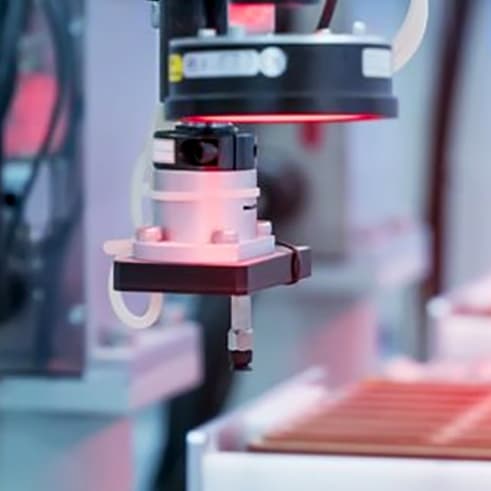
Warehouse logistics and processes are complex operations. Honeywell helps to make them more productive and efficient. We provide reliability, precision and security to our customers by creating quality switches and sensors designed to perform in these applications.
Honeywell works with global logistics leaders to incorporate innovative solutions into solving multi-faceted applications. Building on the strength of our past expertise, we keep focused on the future.
Meeting the surge in demand from today’s dynamic and unstructured environments in warehousing, requires sophisticated robots. Unlike planned and predictable manufacturing iterations, logistics tasks are unpredictable, inexact, and frequently not repeatable. This required the industry to develop a new generation of robots that can relate to objects and location better. Automations, sensors, and other connected devices are required for many applications to provide reliable and precise control within an environment that can be tenuous and uncertain.
Honeywell has several advanced sensors that may be used specifically for critical robotics applications. Can you tell us about the FMA Micro Force – how it works and what is special about it?
The FMA Micro Force Sensor is our newest and smallest force sensor. It perfectly fits small spaces like robotic grippers. The FMA Series is a piezoresistive-based force sensor offering a digital output for reading force over the specified full-scale force range. They are fully calibrated, and compensated for sensor offset, sensitivity, temperature effects, and nonlinearity, using an on-board Application Specific Integrated Circuit (ASIC). The FMA series comes in three force ranges to optimize the performance in the force range of interest from five to 25 Newtons.
The digitized output enables wireless sensor transmission to the controller. The six standard I2C address or the SPI output allows for use with multiple sensors on the same bus, since many robotics applications use several sensors to measure the force in various locations on the robot. The fast response time of the sensor enables quicker feedback to the control system to avoid over or under shoot, which could cause squeezing of delicate items or allowing the object to slip out of the robotic hand.
How about the ABP2 Pressure Sensors? How does it work and what is unique about it?
The ABP2.0 pressure sensors design includes four piezoresistors on a chemically etched silicon diaphragm. A pressure change will cause a strain in the diaphragm and the buried resistors. The resistor values will change in proportion to the stress applied, which produces an electrical output. The ABP2.0 offers a digital output for reading pressure over the specified full-scale pressure span and temperature range. The sensors can be directly plugged into a customer’s circuitry without requiring design changes and are interfaced to industry standard I2C and SPI digital output architecture.
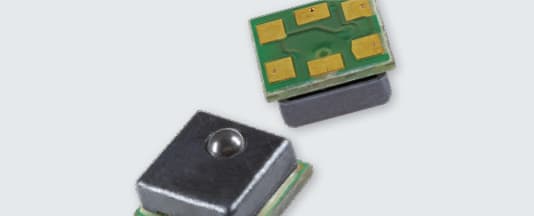
Microforce FMA Series
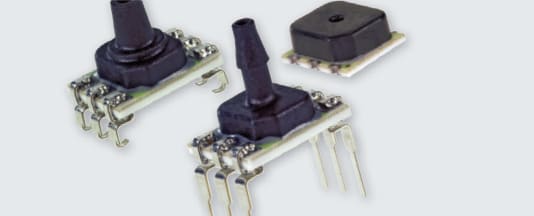
Pressure Sensors, ABP & MPR Series
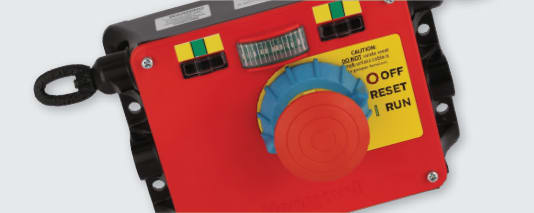
2CCP Safety Cable Pull
The compact package size helps engineers to design into smaller spaces, while maintaining enhanced performance and reliability of the systems. The ABP2.0 promotes versatility with wet-media compatibility, low power, and temperature output options to make it a viable choice for Internet of Things applications.
Also, you manufacture the MPR MicroPressure sensor. How does it work and what’s unique about it?
The MPR Series , a small piezoresistive silicon pressure sensor, offers a digital output for reading pressure over the specified full-scale pressure span and temperature range. It is calibrated and compensated over a specific temperature range for sensor offset, sensitivity, temperature effects, and non-linearity using an on-board Application Specific Integrated Circuit (ASIC).
The small package size saves space and addresses weight, size, and space restrictions by occupying less area on printed circuit boards. The product design meets the requirements of high volume medical (consumer and non-consumer) devices, commercial appliance, and industrial applications. The sensor meets IPC/JEDEC J-STD-020D moisture sensitivity Level 1 requirements, and the stainless-steel pressure port meets NSF 169 food safety certification for North America, Europe and Asia food safety regulations.
One more thing, the 2CCP Safety Cable Pull. What is it, how does it work? What’s unique about it?
The 2CCP Safety Cable Pull is the newest addition to our cable-pull series. Designed to be mounted on conveyors and machines, it provides a required emergency stop signal at any point along the conveyor. The 2CCP is a dual span unit which allows the user to replace two single span cable pulls with one 2CCP. The 2CCP design provides reliable and repeatable performance, fast and simple installation, and offers reduced downtime. Some of the design features contributing to the value proposition are high intensity LED indicators, an optional E-Stop button, integral restart button option, improved tension window, optional rear conduit port, and a replaceable front cover. Design options allow the user to select the cable pull that best works in their application.
Honeywell continues to design and develop innovative sensors and switches that contribute to improved automation given the ever-changing environment of production and distribution. The surge in e-commerce prompted by the impact of the pandemic should continue. Honeywell stands ready to assist this growth with products and components used in robotics applications as well as any automation applications that accompany this surge in e-commerce. With advanced products that enable flexibility for all environments, the Honeywell product portfolio offers a smart selection of assets for this market niche, now and into the future.
Additional Links:
